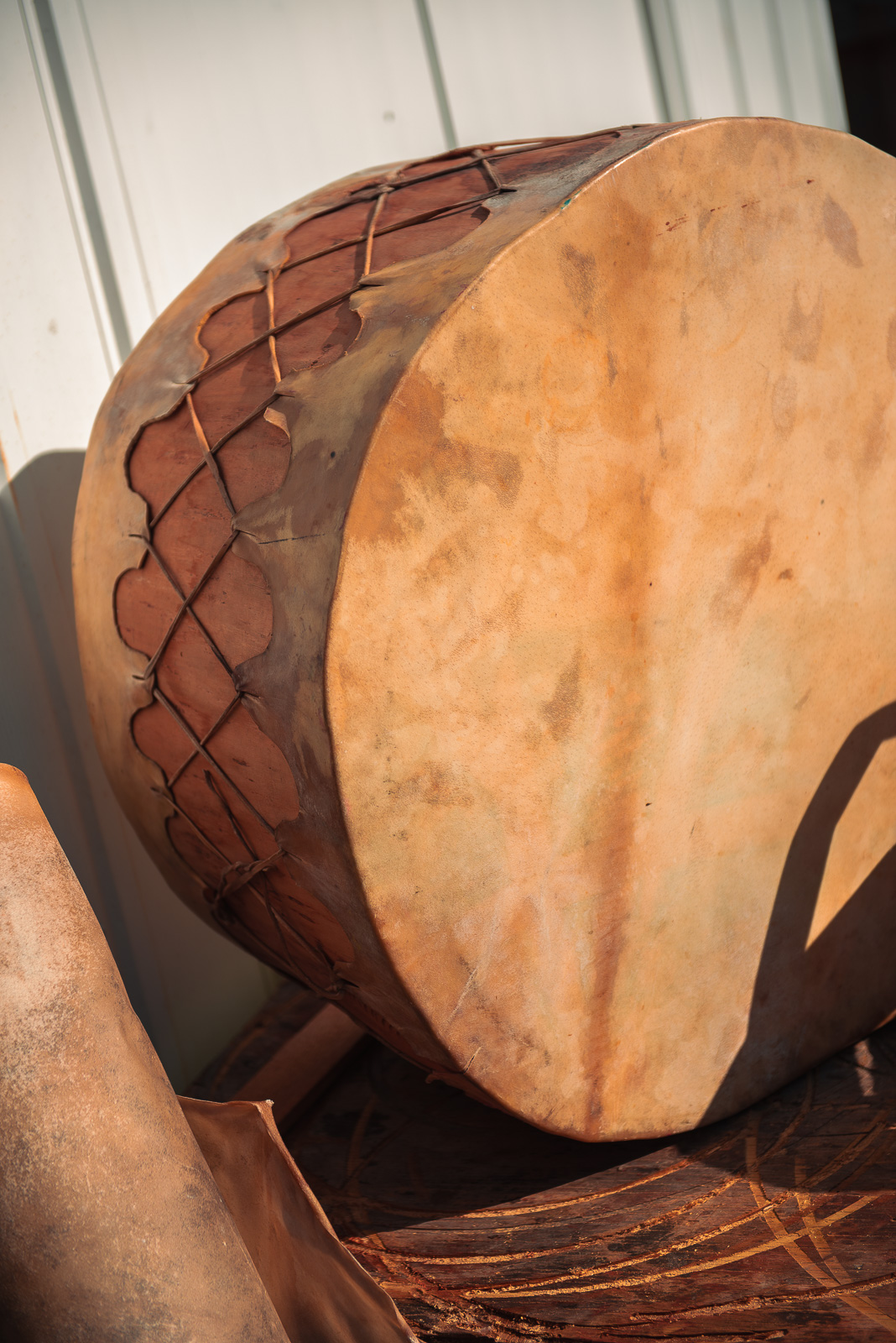It is 2011, almost three decades after the organization started — all whispers, hopes and promises of “accurate education.” Annette Anderson, a Planoite and member of the council for the IIAmericas Celebration, formerly known as the Indigenous Institute of the Americas, stares at a room full of kids and seeds on the brink of extinction.
“What does the word ‘extinct’ mean?” she asks.
Hands shoot up.
“It’s what happened to the dinosaurs!” one child exclaims. “It means we won’t ever see them again.”
She smiles — almost laughs — before she holds out a bag filled with seeds, dirt and history.
“Take care of these until you’re a grandma or grandpa,” she tells them, each child grasping their own bag. “Because, one day, these seeds may go extinct.”
The seeds are a part of the group’s seed ambassador program, where bags of heirloom seeds are used to teach children about the impact of Indigenous cultures on Americans today.
In fact, it is estimated that 60% of the current world food supply was developed by Indigenous American populations.
Each seed bag that is passed out contains part of the 7% of heirloom seeds that remain from tribes represented in the nonprofit, Anderson says. She knows that not every child will take care of them, that some of these seeds will be lost to time just like the other 93% of Indigenous heirloom seeds, but she holds onto hope.
Years later, at powwows, those kids will be young adults and a few of them will recognize her.
“You’re the seed lady,” they’ll say and she’ll smile as they add, “I still have mine.”
A part of the council for the Indigenous Institute of the Americas (IIAmericas), the organization that hosts many of the largest indigenous celebrations throughout the state, Anderson and her team aim to spread accurate knowledge of American Indian people.
IIAmericas hosts celebrations, such as powwows and dances, and provides educational videos and resources for teachers. They also host Zoom presentations and develop new educational material for classrooms.
“The people who are going to have the most important impact will be in the future,” Anderson says. “Right now, they’re just kids, but they’ll grow up to have opportunities and voices. That’s why we educate them — that’s why we give them our attention.”
When the organization started in the early 1980s, they created a trunk full of artifacts that could move from place to place quickly. As time went on, IIAmericas switched to mobile displays that could share more information.
“We realized that it was a bigger issue than a trunk could provide,” Anderson says. “Children believe that the Native population was extinct and their textbooks practically confirm it.”
In the past decade, the American Indian population grew 11.6% to 2,159,802. Texas has the fifth highest percentage of Native population in the U.S., accounting for 4.8%. In Plano, that’s roughly 900 people of Native origins.
As a volunteer-driven organization, IIAmericas began to expand their reach through the help of intertribal groups within larger corporations, such as AT&T. When COVID-19 hit, however, the number of participants dropped significantly.
“COVID-19 hit our community and volunteers really hard,” Anderson says. “We’re still recovering.”
During the pandemic, Indigenous people had the highest hospitalization rate for COVID-19 of any racial or ethnic group and among the highest fatality rates. Among those lost were knowledge keepers and elders, effectively losing histories and traditions for many groups.
Those who survived the virus are unable to work in public to the same degree, suffering lung disease and reinfection despite being one of the highest vaccinated groups.
“The people who led some of our most important ceremonies have passed away,” Anderson said. “If we don’t have someone who knows those things that can lead those events, then the events are gone too.”
Because of this, Anderson said IIAmericas needs more volunteers to spread awareness. Volunteers can help with presentations, development and help at events. They have IIAmericas celebrations at Chisholm Trail Outdoor Museum, which they need volunteers for two weeks before and the weeks after.
“Unlike some other cultures, ours is quiet — almost silent,” Anderson said. “The only way we can make a change is through relationships and one-on-one talks. We need people to reach out, to ask us [how they can] help, because we’re not visible without support.”









